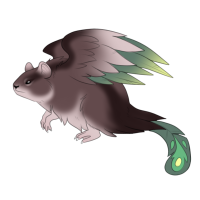 DuskratCapisevum laetus
DuskratCapisevum laetus
Prey Animals
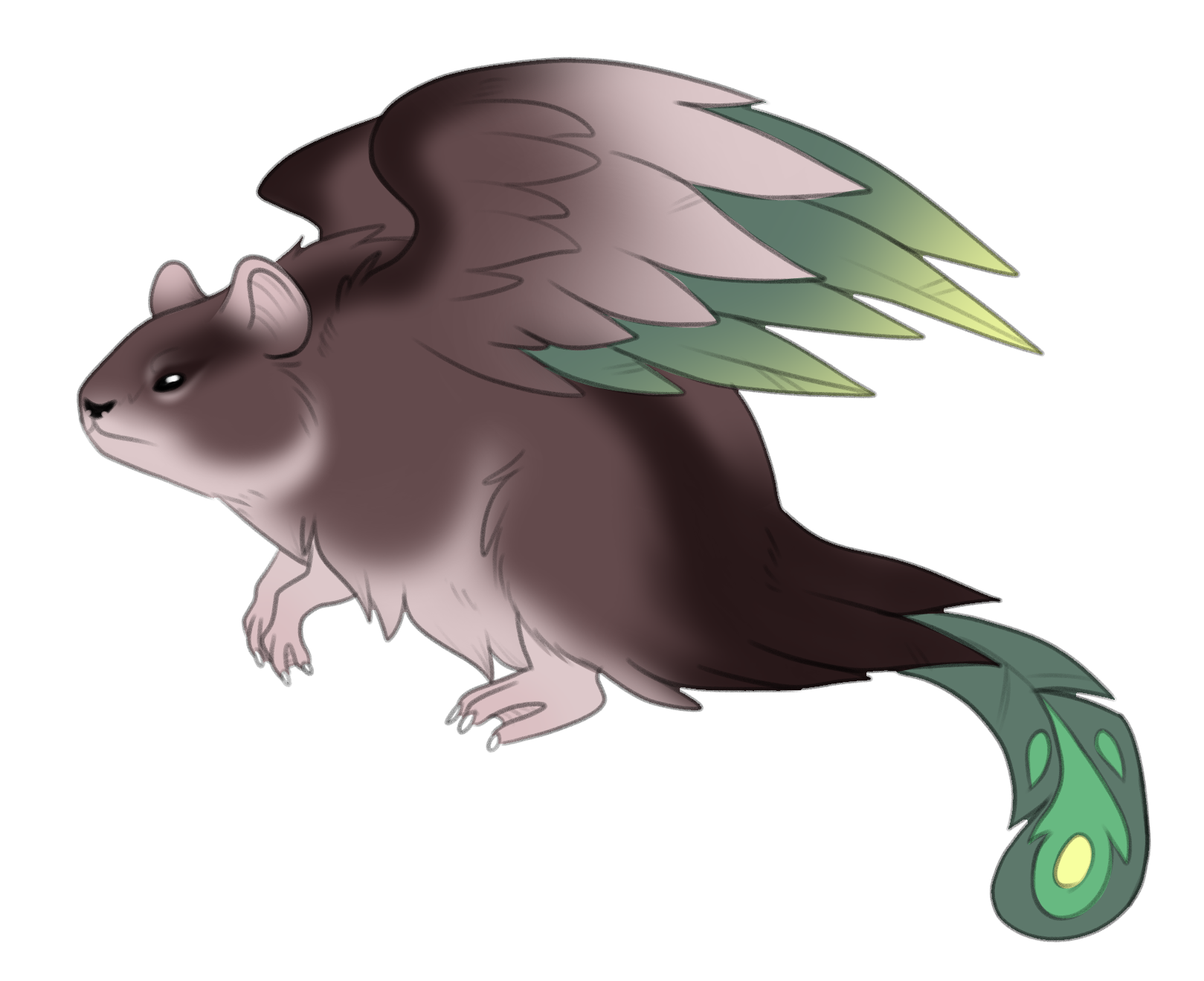
General Description
Large, barrel-bodied, flying rodent. Coats are dense and water-resistant; primary, secondary and tail feathers are brightly colored, with tail feathers being large and ornamental. Ears small, rounded, and tight to the skull. Eyes small and side-facing. Fingers and toes are dextrous and webbed. Light for their size, reaching only about 2 pounds.
Habitat
Coastal beaches and saltmarshes. Prefers ground cover of dense rushes and sedges. Burrows in sandy soils, creating simplistic but effective dens.
Species Range
Coastal, preferring the temperate climate of western Itona. Most common in Ynnis.
Diet
Omnivorous and opportunistic. Will eat roots, bulbs, leaves, and shoots of aquatic plants. Uses its wings to dive-bomb hunt small fish and amphibians.
Reproduction
Reproduces in the spring and summer. Short gestation periods produce 4-7 duskrat pups. Pup development is quick, allowing for 2 litters per year, rarely 3.
Miscellaneous
Duskrats are widely hunted for their dense pelts and vibrant feathers. Both are widely used in Ynissi fashion that is exported across Itona. Duskrats have a musk-producing gland that is used for attracting mates, but has historic medicinal uses.
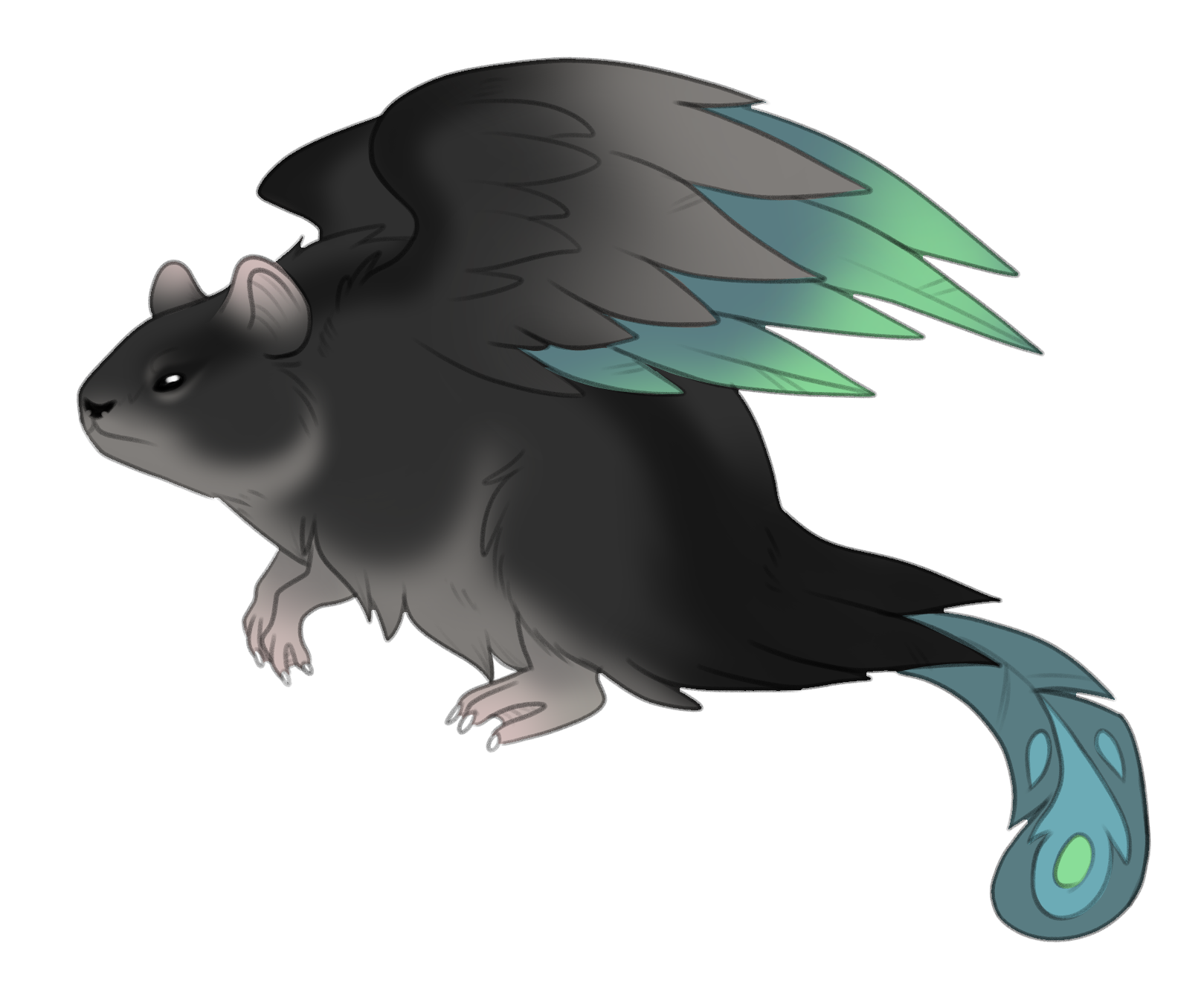
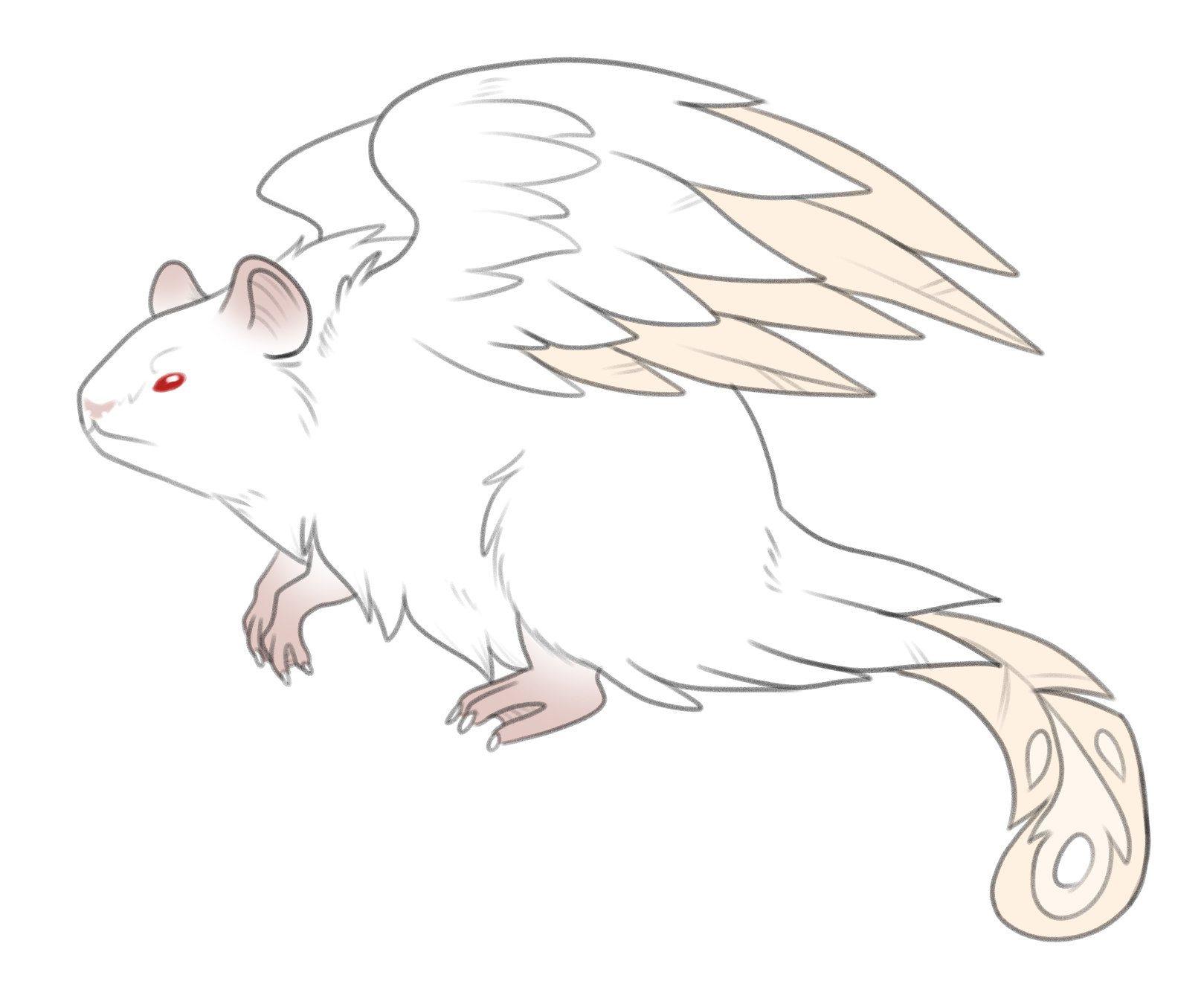
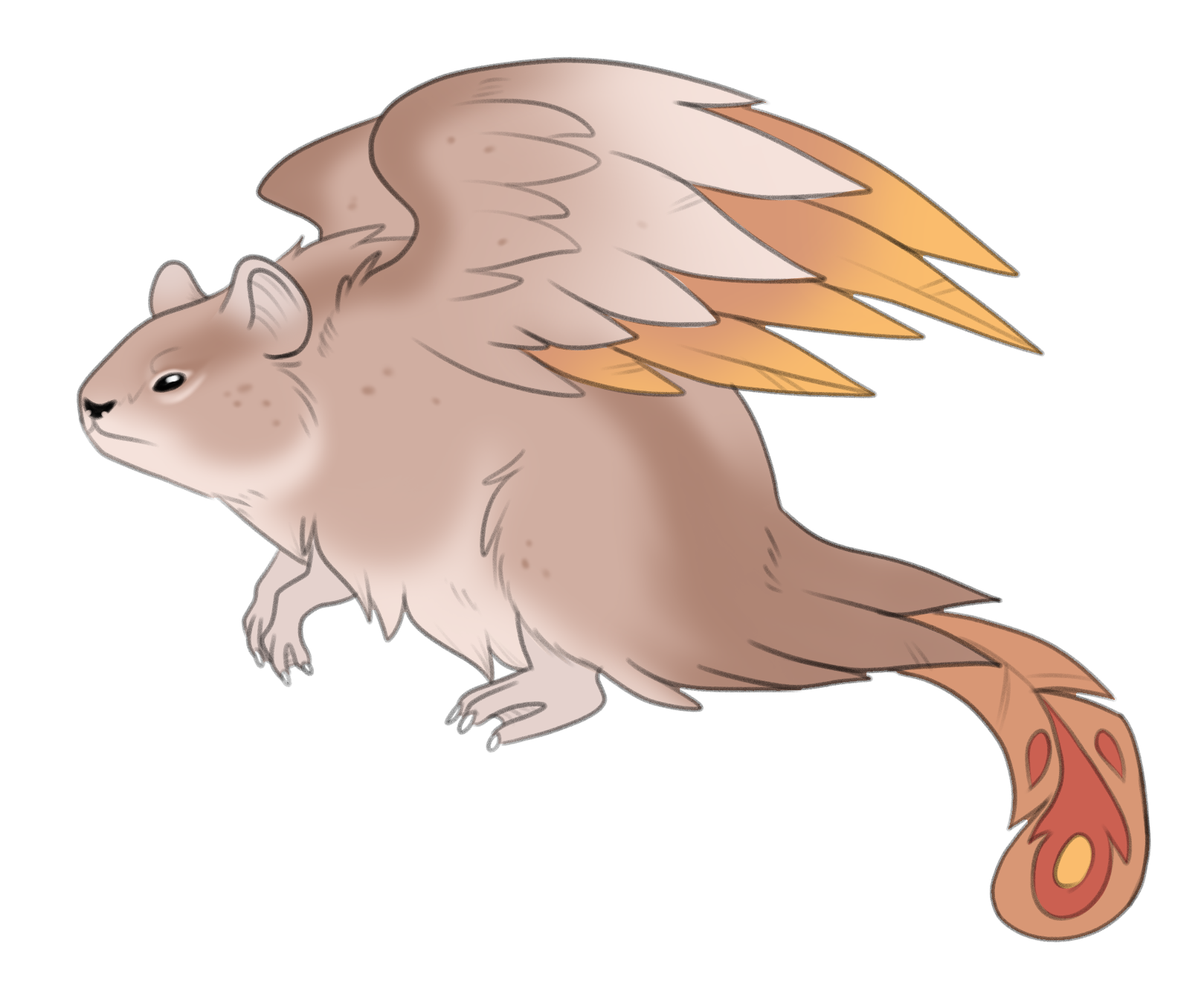

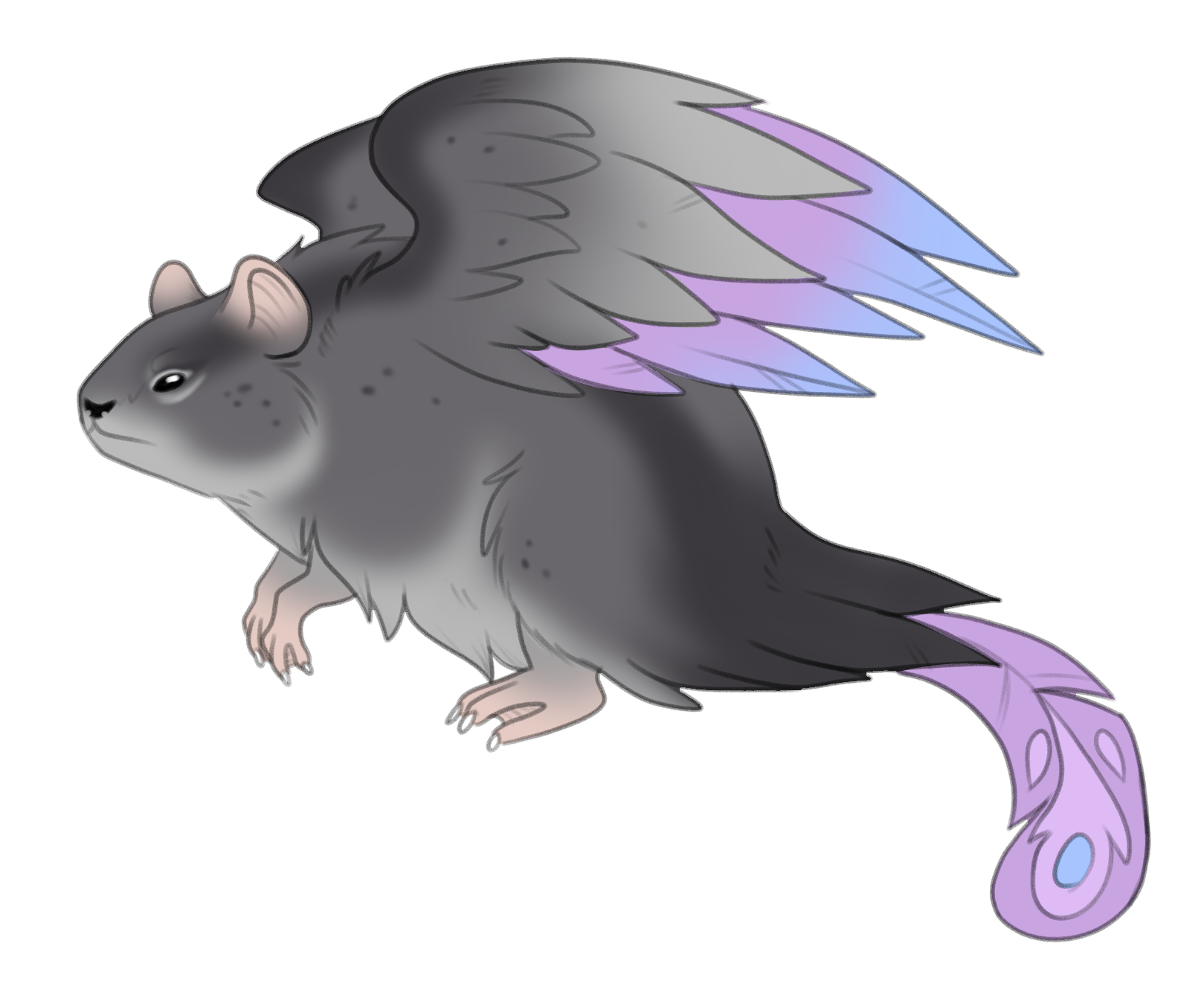
Duskrat variants.